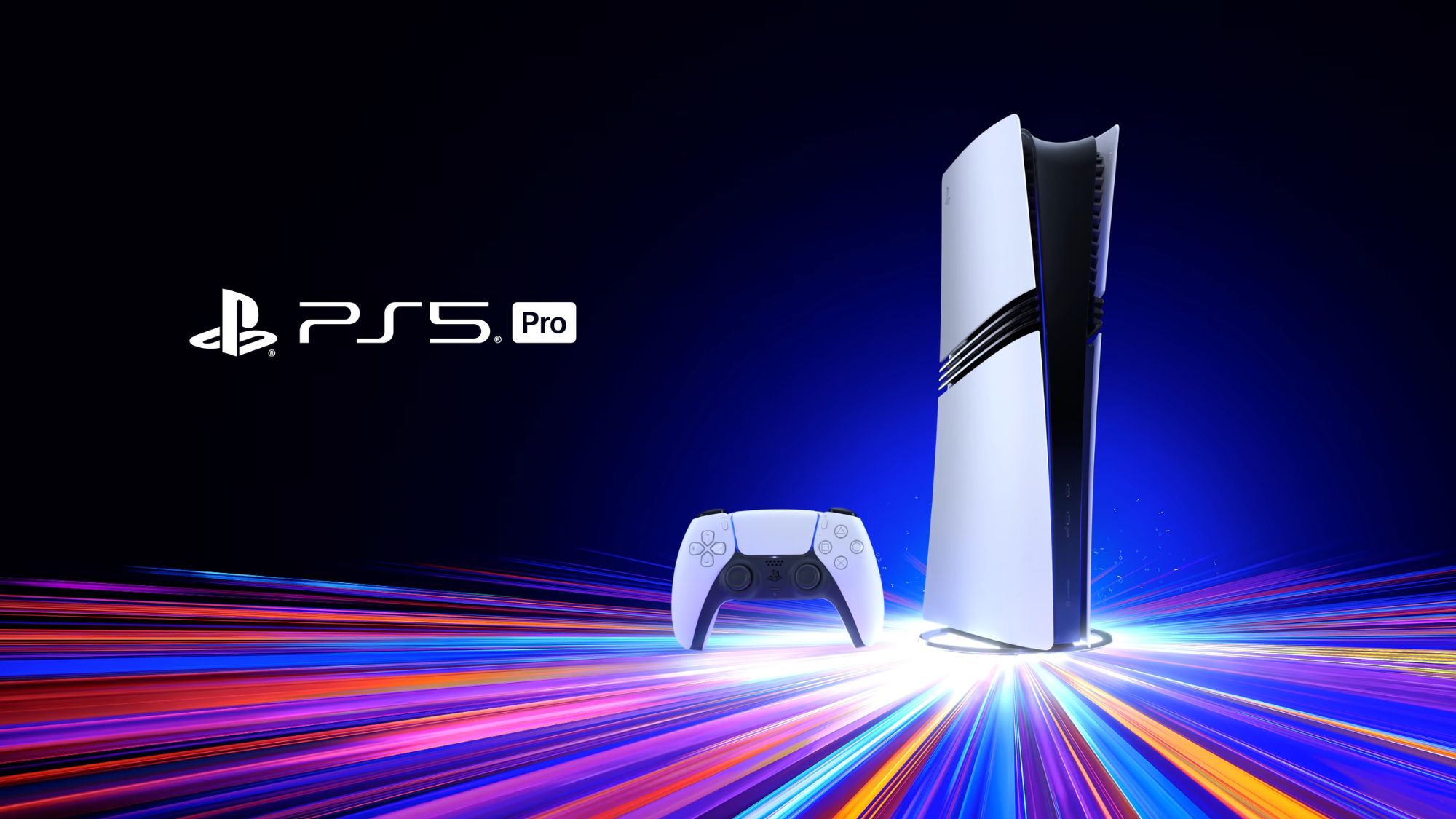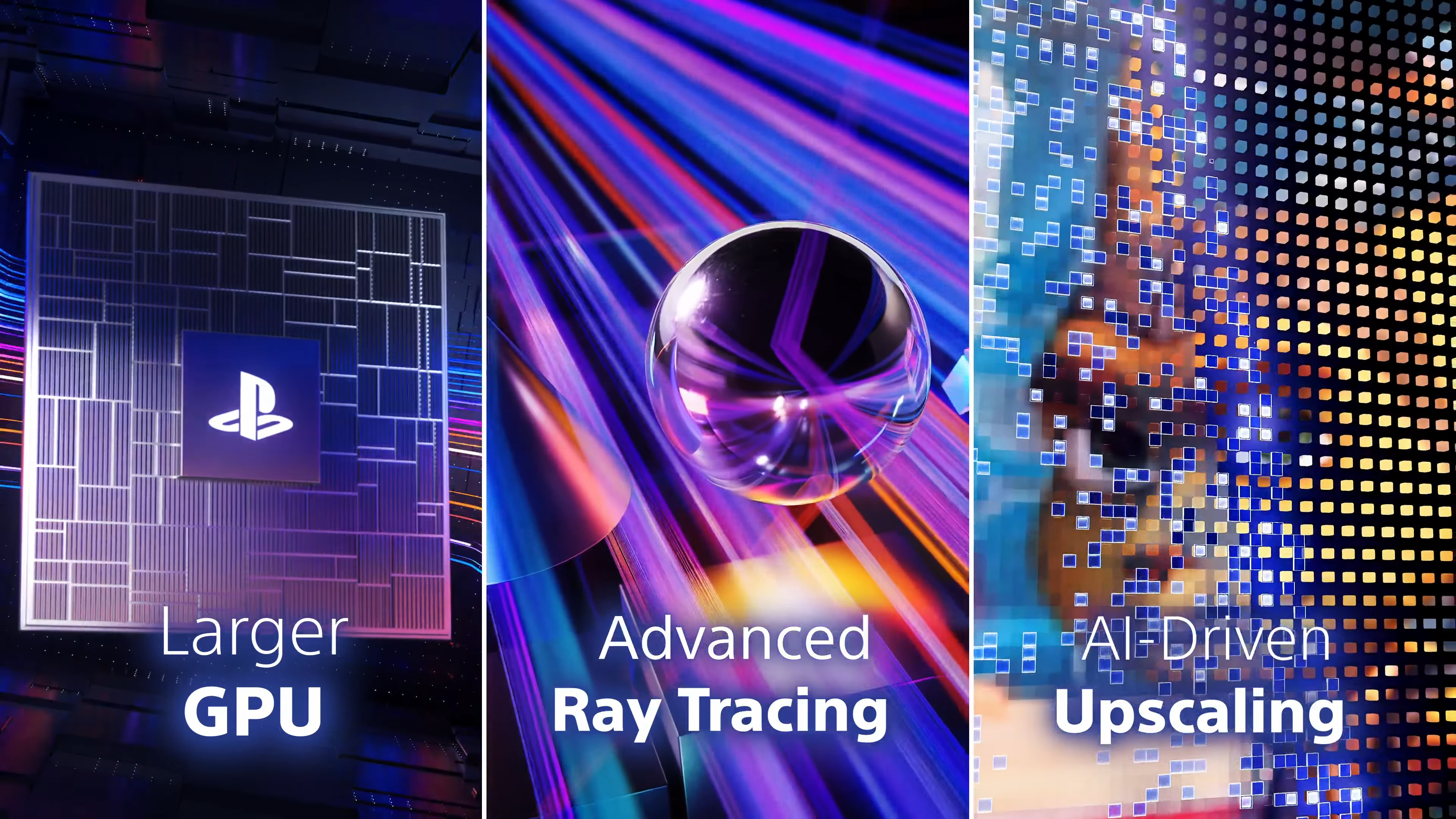What is PSSR? PS5 Pro's AI-upscaling explained
The PS5 Pro makes games look better using AI

Sony's PSSR technology (Playstation Spectral Super Resolution) is the first of its kind, bringing AI-driven upscaling to a home games console.
PS5 Pro preorders are now live, and Sony’s mid-cycle upgrade to the PS5 adds incredible new technology that will make supported games run at 60fps with a 4K resolution – and one of the key upgrades is PSSR. But what is AI-driven upscaling, and why should you even care?
Here’s everything you need to know about the PS5 Pro’s PSSR technology, and why it’s going to make a huge difference to your favorite games.
What is PSSR?

PSSR is one of the three main reasons why Sony thinks you should spend your hard-earned cash on the PS5 Pro, but Sony doesn’t do much to explain what the technology actually is.
AI-driven upscaling basically analyzes the image on your screen and improves the resolution using machine learning. Essentially the PS5 Pro will make original-resolution images appear higher-resolution, while still maintaining the same level of performance. This isn’t new in the world of gaming – NVIDIA’s DLSS has been improving resolution in games on PC’s for a few years now – but Sony is the first to bring this type of AI technology to the home console space.
What does PSSR do?
Mike Fitzgerald, Director of Core Technology at Insomniac Games, spoke to IGN about the impact of the PS5 Pro’s new technology on game development. He said: "We can render at a lower resolution, bring it up to a full 4K, and get tons of extra detail out of the picture."
IGN also spoke with Travis McIntosh, Naughty Dog’s Head of Technology, who talked about how using AI upscaling differs from upscalers that have been used in console gaming in the past. McIntosh said, "[PSSR] produces just a way better result than previous upscalers because it can be trained not only on our game but on lots and lots of other games, and it learns and it improves at each iteration can improve and fix graphical errors, fix artifacting, and it learns how to make things look good.
"Foliage for instance is one example in our game that looks really good after the upscaler because the neural network is trained to do foliage really well."
Get daily insight, inspiration and deals in your inbox
Sign up for breaking news, reviews, opinion, top tech deals, and more.
This is a really exciting step for console gaming which should see optimized games benefit from higher resolutions and better frame rates, and essentially improve over time the more game developers implement the tech.
We’ve seen some side-by-side comparisons of the PS5 Pro and its predecessor which show improved graphical fidelity as well as the implementation of ray tracing, but due to YouTube video compression it’s hard to really see just how impressive the graphics on the PS5 Pro really are with PSSR. We’ll be testing the PS5 Pro closer to launch, so stay tuned for our PS5 Pro review to hear our first impressions.

The PS5 Pro is available for preorder right now, starting at £699.99/$699.99/$1,199AUD, and will launch on November 7, 2024. For more information check out our PS5 Pro Specs and our PS5 Pro vs PS5 comparison to see exactly what Sony’s new console is capable of.
You might also like

John-Anthony Disotto is TechRadar's Senior Writer, AI, bringing you the latest news on, and comprehensive coverage of, tech's biggest buzzword. An expert on all things Apple, he was previously iMore's How To Editor, and has a monthly column in MacFormat. He's based in Edinburgh, Scotland, where he worked for Apple as a technician focused on iOS and iPhone repairs at the Genius Bar. John-Anthony has used the Apple ecosystem for over a decade, and is an award-winning journalist with years of experience in editorial.